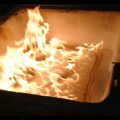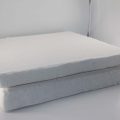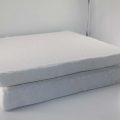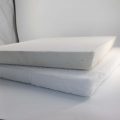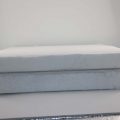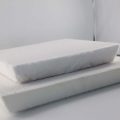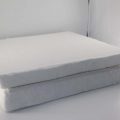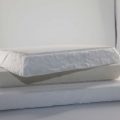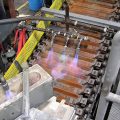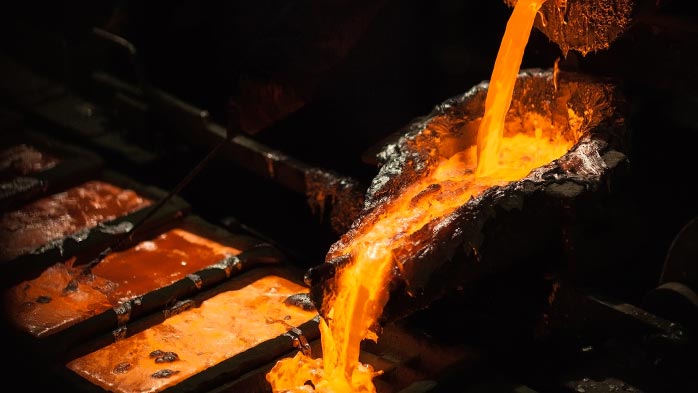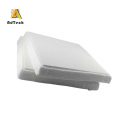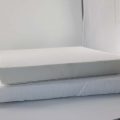Melting Aluminum Removal Of Impurities From Aluminum Melts is mainly used to purify the as-cast alloy liquid in the casting process to reduce or eliminate the problems of various non-metallic inclusions in the casting process.
Casting waste caused by casting defects such as non-metallic inclusions accounts for up to 50%-60% of the total waste.
When various costs increase, the damage caused by the external environment and the outflow of excess waste can be predicted, and the inclusion of defects not only seriously drags down the mechanical properties and casting performance of the casting, but also has a harmful effect on the cutting process and the appearance of the casting.
Removal Of Impurities From Aluminum Melts generally use polyurethane foam as a carrier, immersed in a ceramic slurry made of fine powders such as refractory aggregates, binders, and water, and then squeeze out the excess slurry around the foam fiber After drying, roasting and high-temperature sintering of ceramic materials, foamed ceramic products are finally formed.
Because the casting temperature of the casting alloy is different, the casting should be made of refractory ceramic foam filter. In recent decades, according to the properties of different material alloys, ceramic foam filters of various materials have been developed one after another at home and abroad.
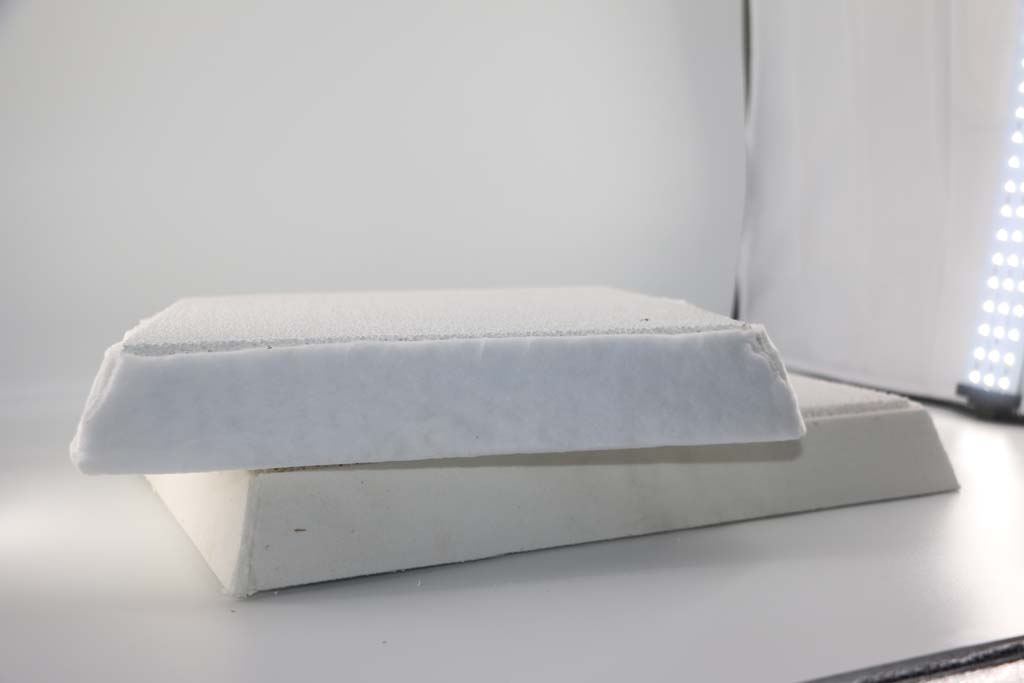
Removal Of Impurities From Aluminum Melts can not only effectively remove a large amount of foreign impurities in the aluminum liquid, but also filter out small inclusions of a few microns that cannot be removed by traditional processes. Since harmful ions such as hydrogen atoms in liquid aluminum are often adsorbed on inclusions, and the inclusions can become the core of bubble formation, the harmful gases in the liquid aluminum can be reduced while filtering the inclusions.
Manufacturers of molten aluminum ceramic foam filter elements will adopt a relatively complete set of measures to ensure product stability and ensure that the strength, through-hole rate, geometric dimensions, appearance quality, and physical and chemical properties of the final product meet the standards.
In production, in order to achieve a better filtering effect, the aluminum liquid upstream of the filter must have a certain degree of cleanliness, that is, the upstream aluminum liquid can be treated with traditional gas dehydrogenation or flux.
Melting Aluminum Removal Of Impurities From Aluminum Melts is mainly used to purify the as-cast alloy liquid in the casting process, reduce or eliminate various non-metallic inclusions and exhaust problems in the casting process.
Casting waste caused by casting defects such as non-metallic inclusions accounts for up to 50%-60% of the total waste.
When various costs increase, the damage caused by the external environment and the outflow of excess waste can be predicted, and the inclusion of defects not only seriously drags down the mechanical properties and casting performance of the casting, but also has a harmful effect on the cutting process and the appearance of the casting.
If the above measures are not taken, filtration and purification with high hydrogen and oxygen content, many non-metallic inclusions and aluminum alloy melts and large sizes will not only reduce the filtration efficiency, but also easily block the filter, resulting in increased costs and poor purification effects. well.
After the above measures, the hydrogen content in the alloy melt has been reduced to a very low level, and the size of the oxide inclusions in the melt is also very small.
Therefore, the use of molten aluminum foam filters can effectively remove fine and dispersed oxide inclusions, thereby improving filtration efficiency and reducing filtration and purification costs.
In addition, it is necessary to protect the filtered high-quality aluminum liquid from secondary pollution, that is to say, the refractory materials downstream of the filter box must be more stringent, and the surface oxide scale of the downstream aluminum liquid must be protected.

